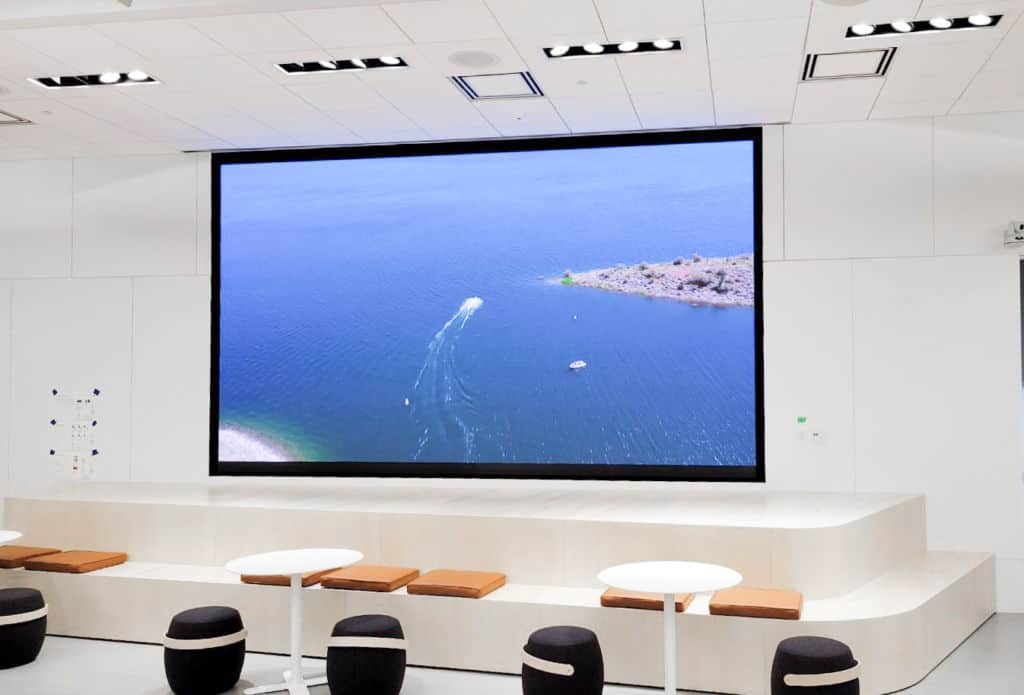Investigating the Crucial Factors That Influence Hue Uniformity in LED Panel Screens for Ideal Display Performance
Hue consistency in LED wall panels is crucial for attaining maximum optical performance. light-emitting diode wall panels are widely used in various settings, including musical events, meetings, and promotional showcases. When the colors on these panels are consistent, they create a more engaging and immersive experience for audiences. Several key elements affect hue uniformity, including the quality of the LED components, tuning processes, and surrounding factors.The caliber of the LED elements plays a major role in hue uniformity. Different types of LEDs emit light at varying wavelengths, which can influence the total color result. Premium light-emitting diodes are engineered to generate a more consistent light spectrum, leading in improved hue precision. Additionally, the production method of these light-emitting diodes can affect their performance. Screens made with high-grade materials and techniques tend to have less hue variations, guaranteeing that the shown images and videos look vibrant and true to reality.

Tuning is another crucial element in maintaining color uniformity in light-emitting diode wall panels. Tuning entails adjusting the configurations of the panel to ensure that the hues displayed match the desired appearance. This process can consist of adjusting brightness, differentiation, and hue balance. Regular tuning is essential, especially in environments where lighting factors vary frequently. By calibrating the panels, specialists can fix any discrepancies in color result, resulting to a more uniform viewing experience.
Surrounding conditions also affect hue uniformity in LED wall screens. Factors such as ambient light, temperature, and moisture can affect how hues are seen. For instance, bright surrounding light can dull colors, making them appear more lively. Similarly, extreme heat can influence the performance of the light-emitting diodes, resulting to color shifts. To reduce these problems, it is crucial to install LED wall panels in managed settings where illumination and temperature visit this website can be managed effectively.
Lastly, the layout and layout of the LED wall panels can affect color consistency. The arrangement of the panels, as well as the spacing from which they are observed, can create variations in color recognition. When screens are arranged too far apart or at different angles, viewers may detect discrepancies in hue. To achieve the optimal visual performance, it is crucial to take into account the positioning and alignment of the screens during setup. By addressing these factors, users can ensure that their LED wall screens provide a uniform and superior visual encounter.